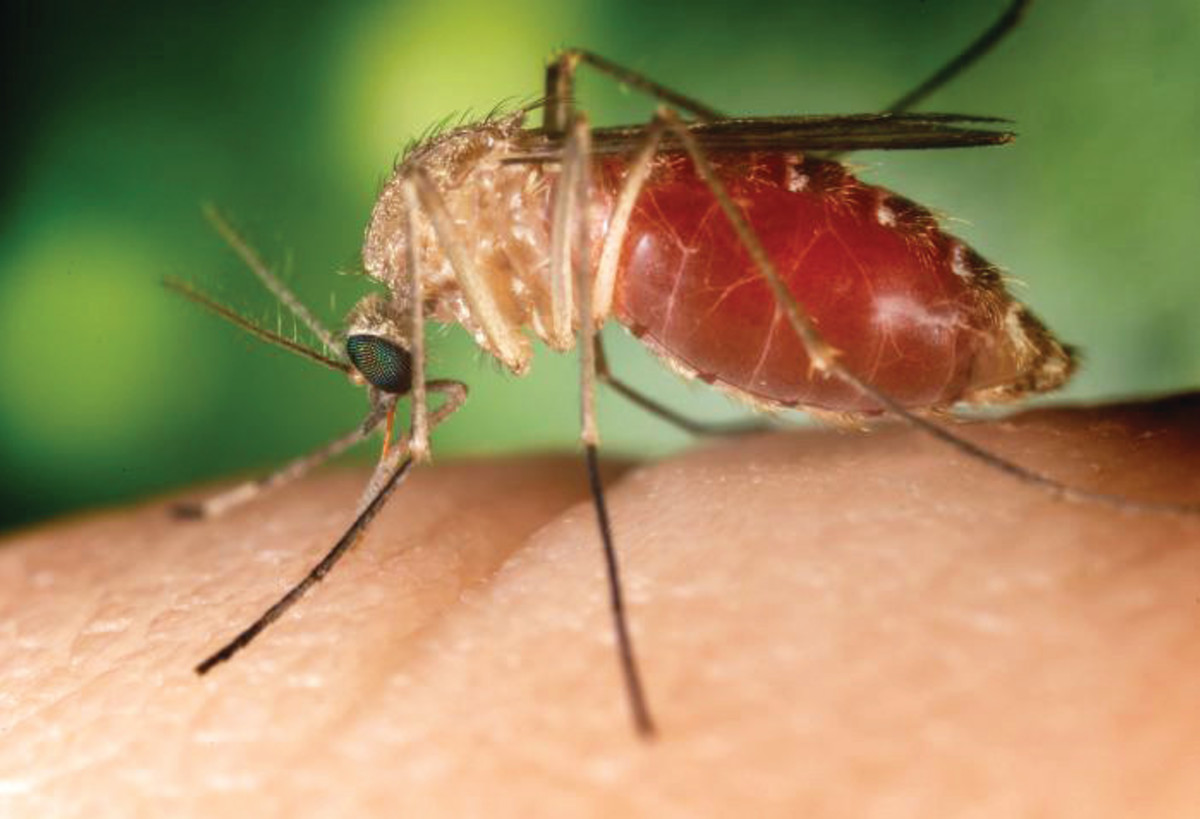The number of patients with West Nile fever continues to rise, with additional cases being diagnosed throughout Gush Dan. Senior health officials are warning of potentially hundreds of cases of infection if immediate actions are not taken to eradicate mosquitoes. The disease first appeared in Israel in the 1950s, with subsequent outbreaks occurring in the following decades.
According to data from the Ministry of Health, the disease has been prevalent in Israel for many years, with peak waves of outbreaks typically occurring in the summer months. The infection rate in Israel sees several dozen cases reported each year, with most patients being in their fourth decade or older. The current wave of morbidity is particularly high this summer and is projected to worsen.
Infected mosquitoes are predominantly found in areas such as Sharon, Hadera, Pardes Hana-Karkur, Nimina, and Caesarea. However, cases of infection have been reported throughout the country, from north to south. Symptoms of West Nile fever include fever, headache, weakness, joint and muscle pain, conjunctivitis, rash, and sometimes nausea and diarrhea. In severe cases, neurological signs corresponding to meningitis, acute encephalitis, or acute flaccid paralysis may occur.
There is no specific treatment for West Nile fever, and most cases resolve on their own within a few days to weeks. Prevention of mosquito bites is essential, through the use of repellents, window nets, fans, appropriate clothing, and reporting of areas with high mosquito populations to local authorities. It is crucial to seek medical advice if experiencing allergic reactions or signs of infection after a mosquito bite or showing flu-like symptoms. Additionally, individuals at high risk of serious illness include those with chronic diseases, cancer patients with compromised immune systems, infants, and the elderly.
